Mozambique’s Moreira Chonguiça joins star-studded line-up at Windhoek Jazz Festival
Mozambique: Malangatana exhibition opens in Maputo
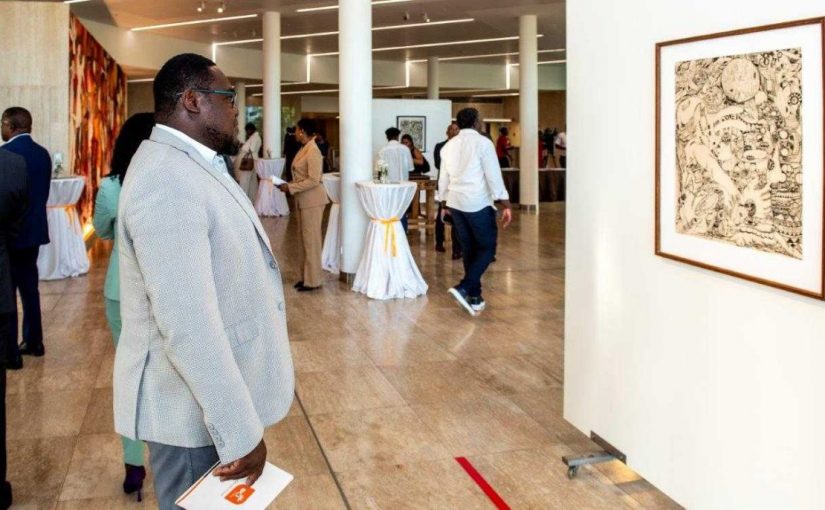
File photo: Noticias
Twenty-five works by the Mozambican artist Malangatana (1936-2011) are on display at the BCI Gallery in Maputo, in a posthumous tribute to the painter considered one of Mozambique’s most representative figures in this creative field.
Entitled “Remembering Master Malangatana”, the exhibition is a tribute to the depth and innovation that marked the career of the artist responsible for projecting national customs and habits beyond its borders.
The opening ceremony was attended by family, friends, artists, lovers and enthusiasts, among them Mutxini Ngwenya, son of the honoured painter and head of the Malangatana Foundation.
“Art has the power to tell stories, preserve memories and strengthen identities. Malangatana, with his vibrant expression, captured the soul of the Mozambican people, their struggles, hopes and dreams”, he stated.
The collection being exhibited belongs to the Banco Comercial e de Investimentos (BCI), and its public presentation is described by the institution’s administrator, Luís Aguiar, as a way of preserving Malangatana’s legacy.
“With his art, Malangatana represented and projected Mozambique in several galleries and museums around the world, and is seen as an icon of the nation. It is essential to continue to value this legacy, keeping alive the memory, impact and reach of his work,” Aguiar said.
Malangatana Valente Ngwenya was one of Mozambique’s most celebrated visual artists and a central figure in the country’s cultural history. Known for his painting and sculpture, he is considered one of the great icons of contemporary African art.
Born in Matalana, Marracuene district, in Maputo province, he worked as a servant and ball boy before being encouraged to draw and paint by the biologist Augusto Cabral and, later, by the architect Pancho Miranda Guedes.
His talent is recognised in various forms of art, such as drawing, watercolour, tapestry, ceramics, engraving, monumental sculpture in iron and cement, and murals. He was also a poet, singer, playwright, musician and dancer.
In 1959, he exhibited for the first time at the Salon de Artes Plásticas in Lourenço Marques, now Maputo. After Mozambique’s independence (1975), he participated in numerous group exhibitions in and outside the country. In 1986, he held a retrospective in Maputo. In the 1990s, he held political office as a Frelimo deputy in the Maputo Municipal Assembly, and was re-elected in 2003.
In 1995, he received the Nachingwea medal for his contribution to Mozambican culture and
was invested as a Grand Officer of the Order of Prince Henry the Navigator.
In 1997, he was named “Artist for Peace” by the United Nations Educational, Scientific and Cultural Organization (UNESCO) and received the Prince Claus Prize. He was awarded a Doctor Honoris Causa in 2010 by the University of Évora and the decoration, awarded by the French government, of “Commander of Arts and Letters”.



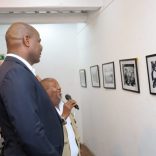
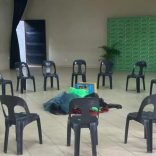

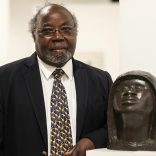
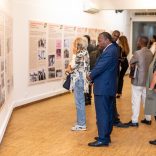




Leave a Reply
Be the First to Comment!
You must be logged in to post a comment.
You must be logged in to post a comment.